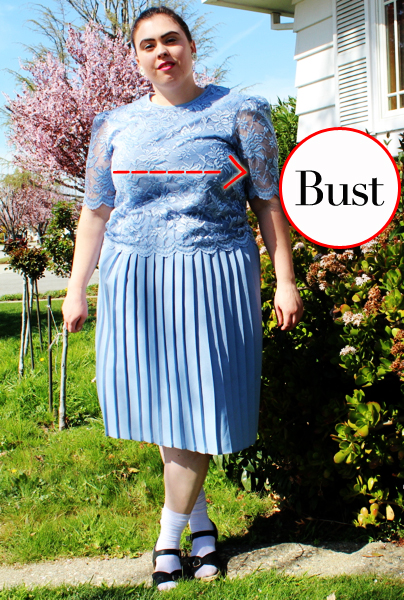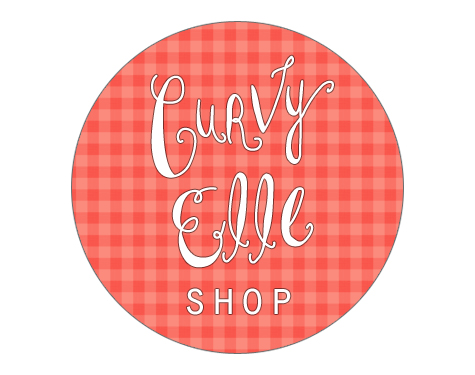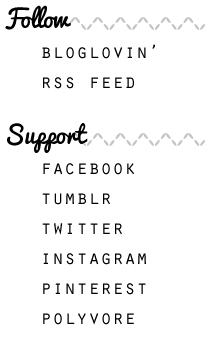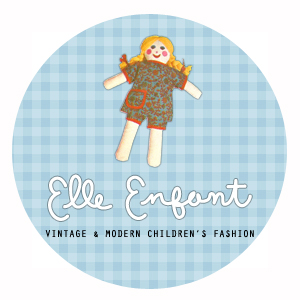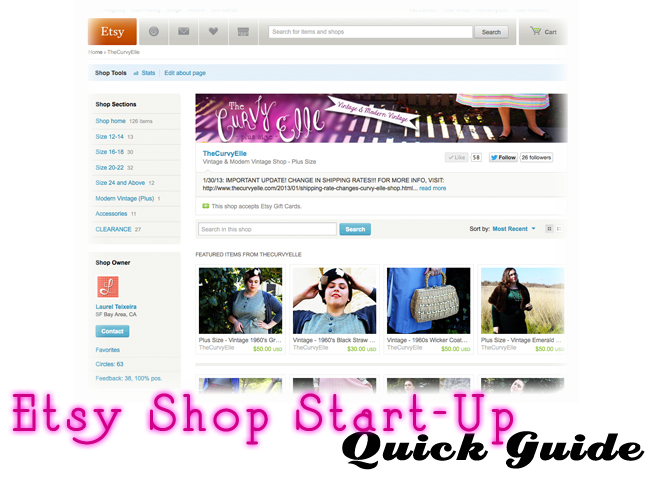When I first started looking into starting The Curvy Elle Shop on Etsy, I have to admit, I was thoroughly confused! I had so many questions and it was hard to find straight answers. Eventually, I figured things out (by trial an error mainly). I am still learning things, but I wanted to share my knowledge of starting an Etsy shop for all those looking to begin their own small business!
–> WHAT YOU NEED
1. An
Etsy account that has been verified
2. A
Pay Pal account that has been verified
(This is OPTIONAL if you wish to only sell directly through Etsy.)
–> COST/FEES
Nothing in life’s for free, right? Neither is starting a business! Etsy only charges you when you advertise something to sell. This is
$0.20 (USD) to
just list your item for
3 months. Once your product sells (and ONLY if it sells), Etsy &/or
PayPal charge the following:
Transaction Fee: 3.5% of Selling Price
PLUS one of the two listed below:
Item Purchased Through Etsy Direct Checkout: 3% + $0.25 (USD)
OR
Item Purchased Through Pay Pal (INTERNATIONALLY): 3.9% + “a fixed fee based on currency received”
SO, This means:
Listing Fee + Transaction Fee + Etsy Direct Checkout Fee OR PayPal Checkout Fee = ALL FEES INCURRED
–> PRICING
Whatever product you plan on selling, you need to figure out a practical price to sell your product at. You want to be able to cover all costs and make some profit, but you don’t want to try and screw people over (this will end up biting you in the ass, because your shop will never succeed!). First and foremost: DO YOUR RESEARCH! Visit other shops with a similar product and see what they are charging. Look at competitors, etc… What is most important is that you can offer a cost effective product at a competitive price!
Most rules of thumb are that you should price your item 3-4 times what it costs you to make or buy “whole sale.” This may be more or less depending on any costs that need to be covered.
For Example:
Say you are making an item. Supplies are $5 and it takes you 1 hour to make (say you charge yourself $12 an hour for labor). Your total wholesale cost is $17.
This means that your retail price should be a minimum of $51-68.
Now, is your product worth this? If it is, then great! If it is worth more, than you may have a higher profit margin. If it is worth less, you may have to find a way to make your product cheaper or look for a different option.
–> SHIPPING COSTS
I send all packages
Parcel Post (US Domestic) or
First Class Mail International Parcel (International). You can get estimates for sending your items
HERE.
You can also give a discounted rate when customer’s purchase more than one item. Usually, the shipping costs are in addition to the retail price you are selling your product at.
–> VISUALS/ADS
Your visuals and ad are a big key to your success. Most people are very visual and you want your product to be shown at its best. This may mean investing in a good camera (I use a Canon Rebel T3i) and find an appealing backdrop with good lighting.
Make sure to take pictures at multiple angles and zoom ins of details. The written ad should be very descriptive, you should have any measurements (if you product needs it), and most importantly — BE HONEST!
–> CUSTOMER SERVICE
Kindness counts and the “customer is always right,” but don’t let anyone take advantage of you. Also, make sure to write up a CLEAR and DEFINITE policy of returns/exchanges and reserves/holds.
–> IN CONCLUSION…
Good luck with your new venture! If you have any questions that I did not go over in this post, feel free to comment and I plan on doing a follow up post in the near future!


